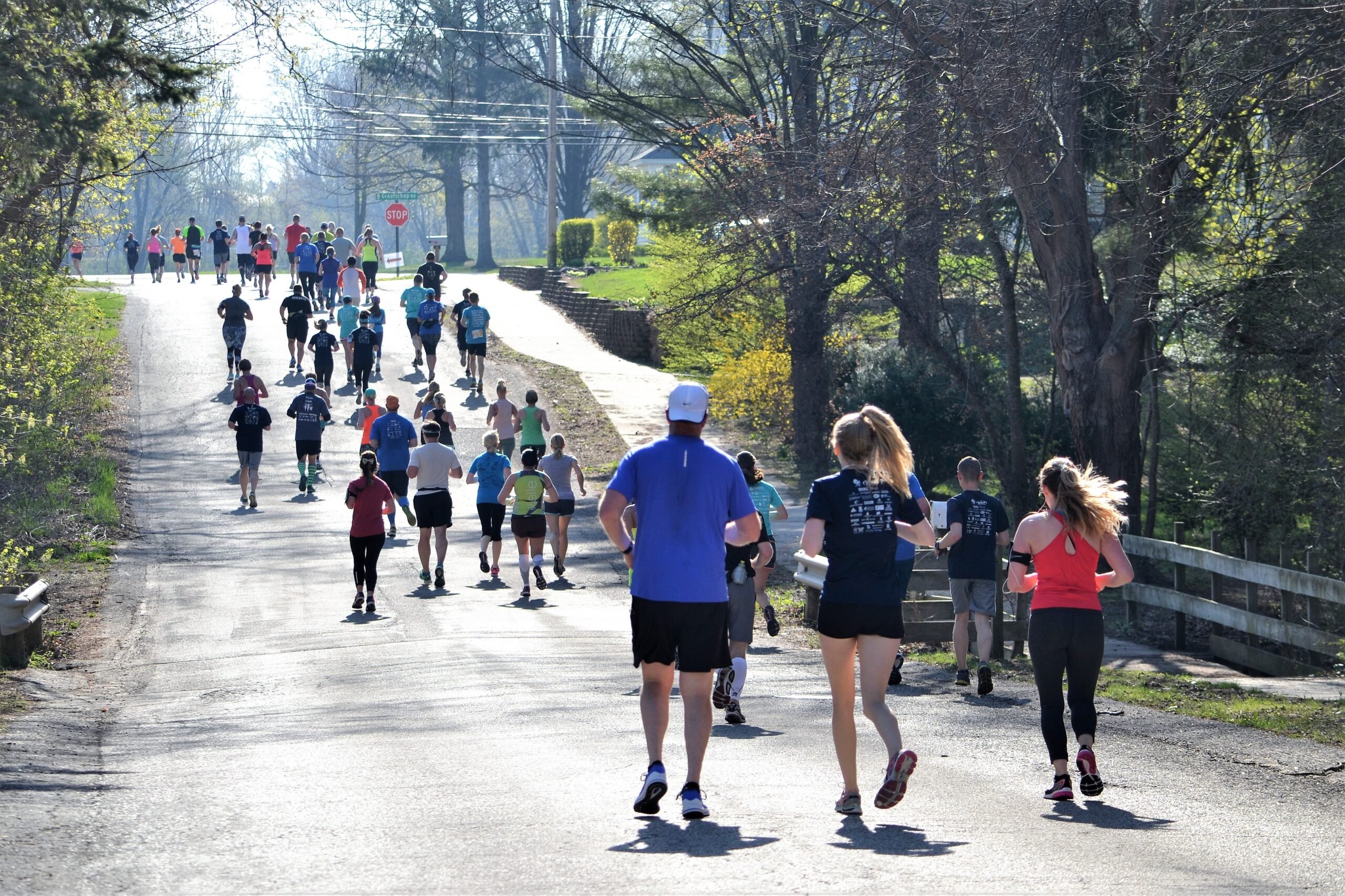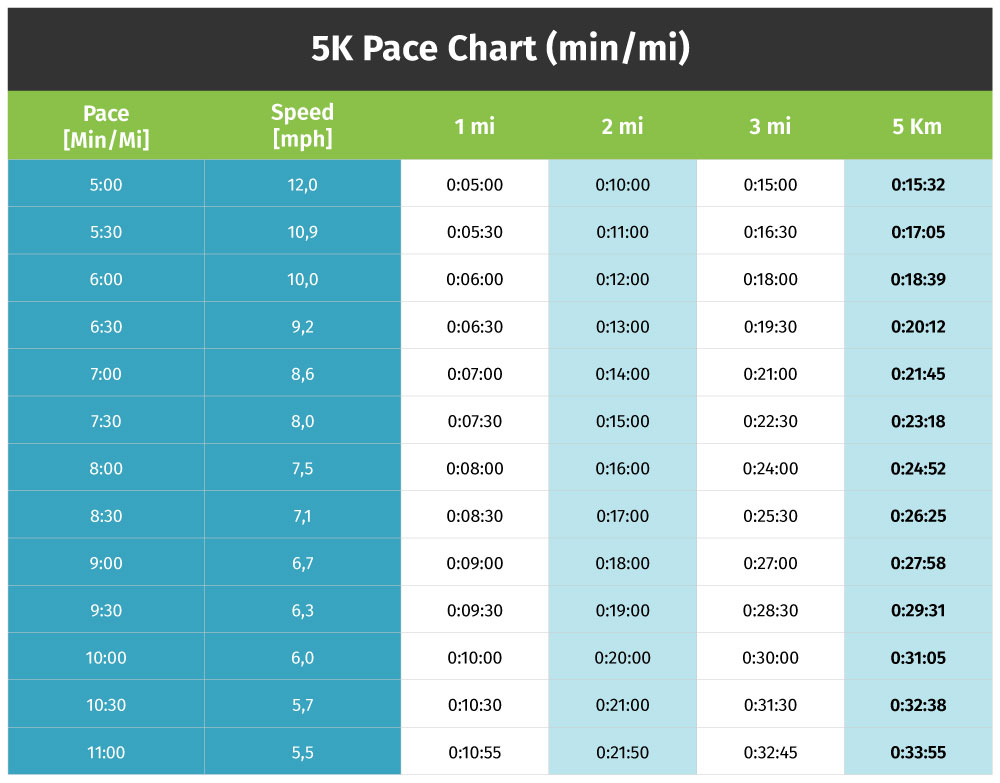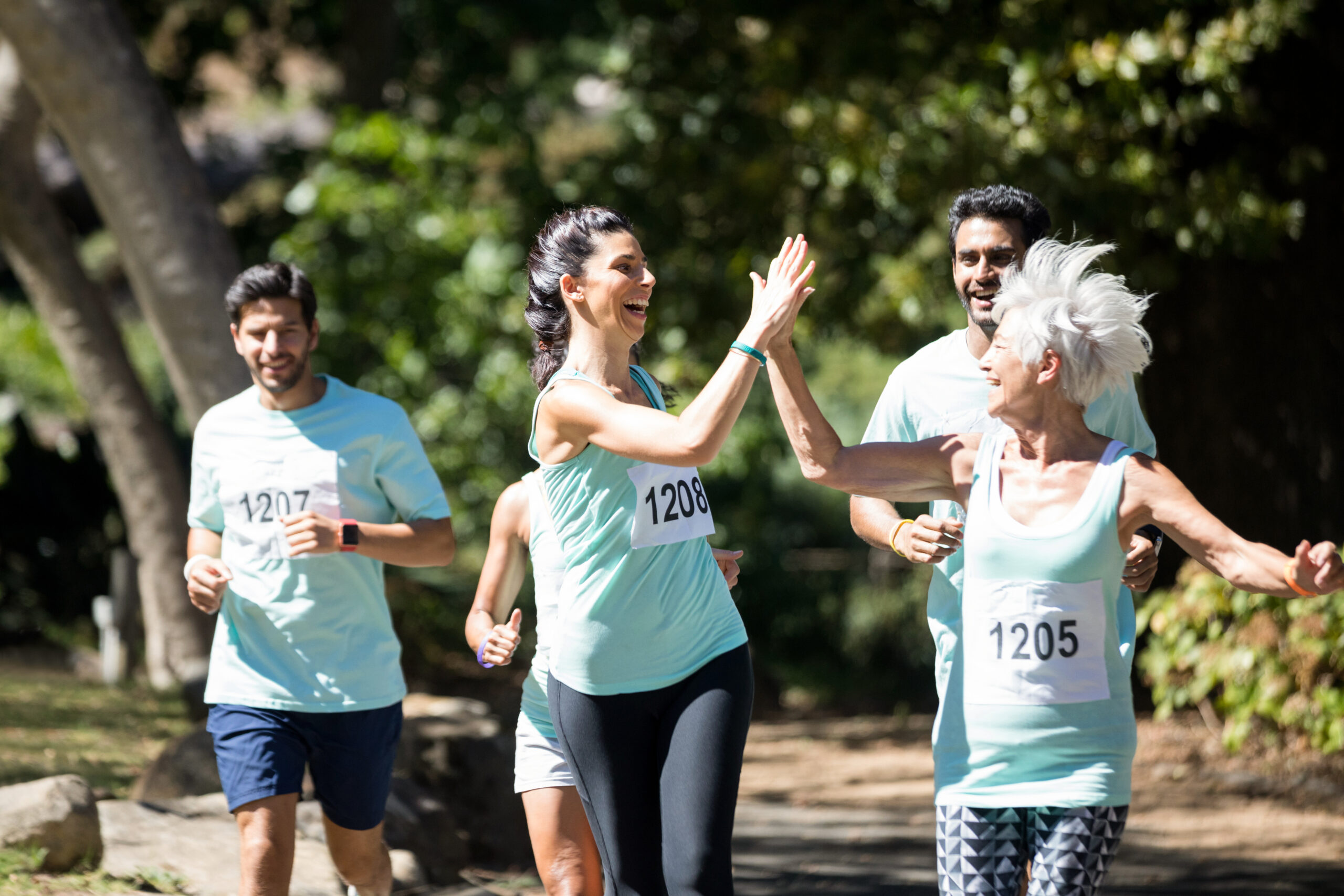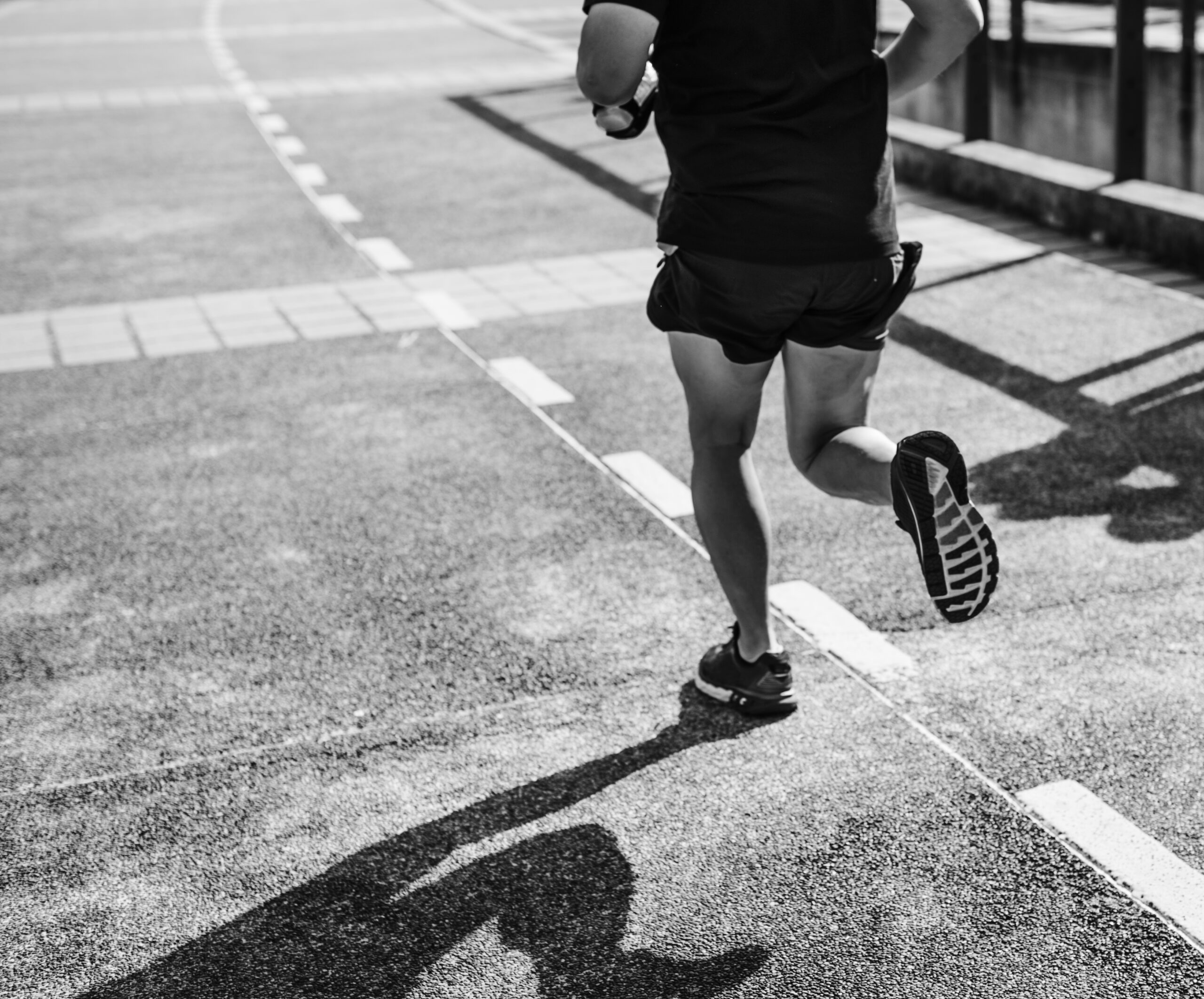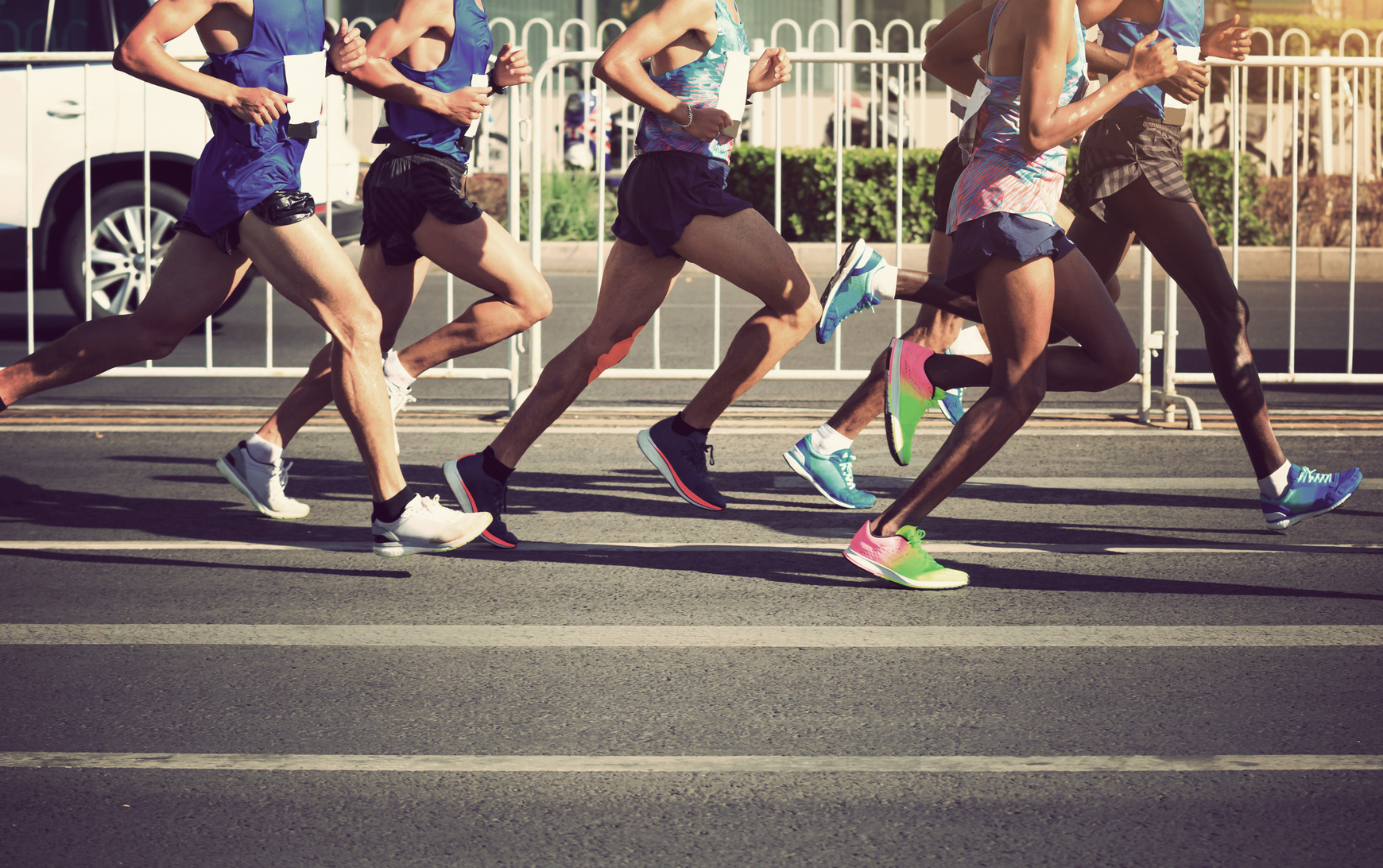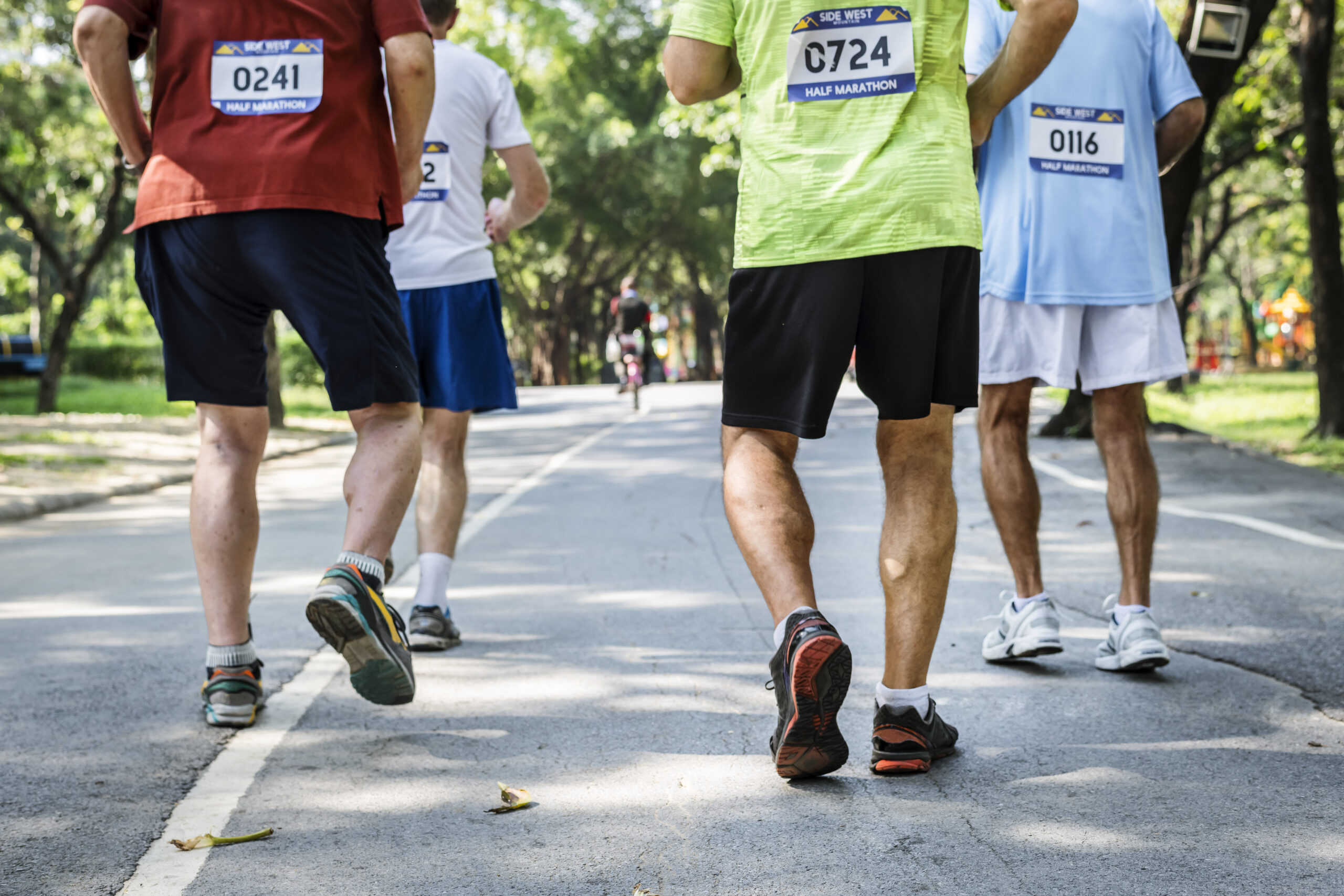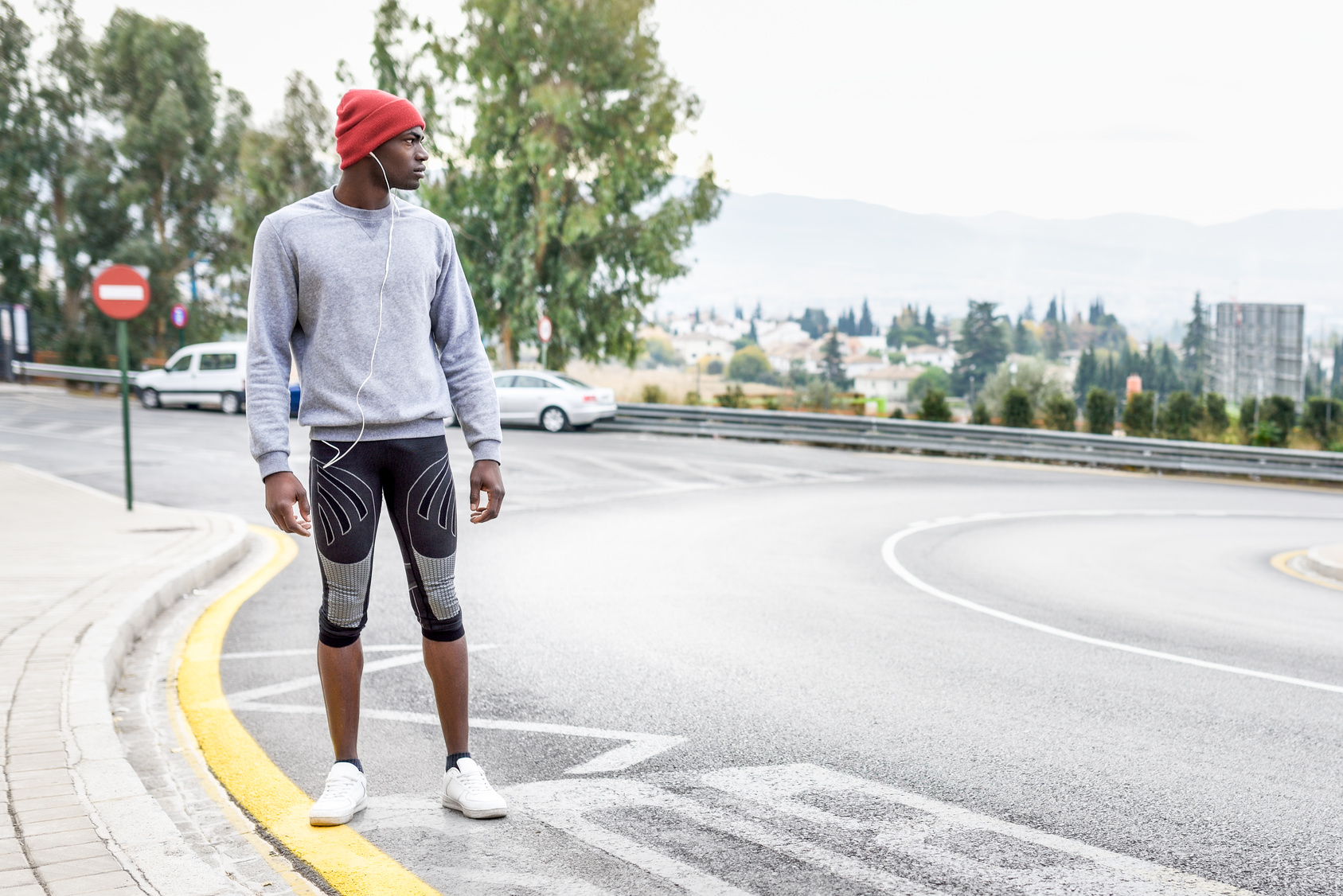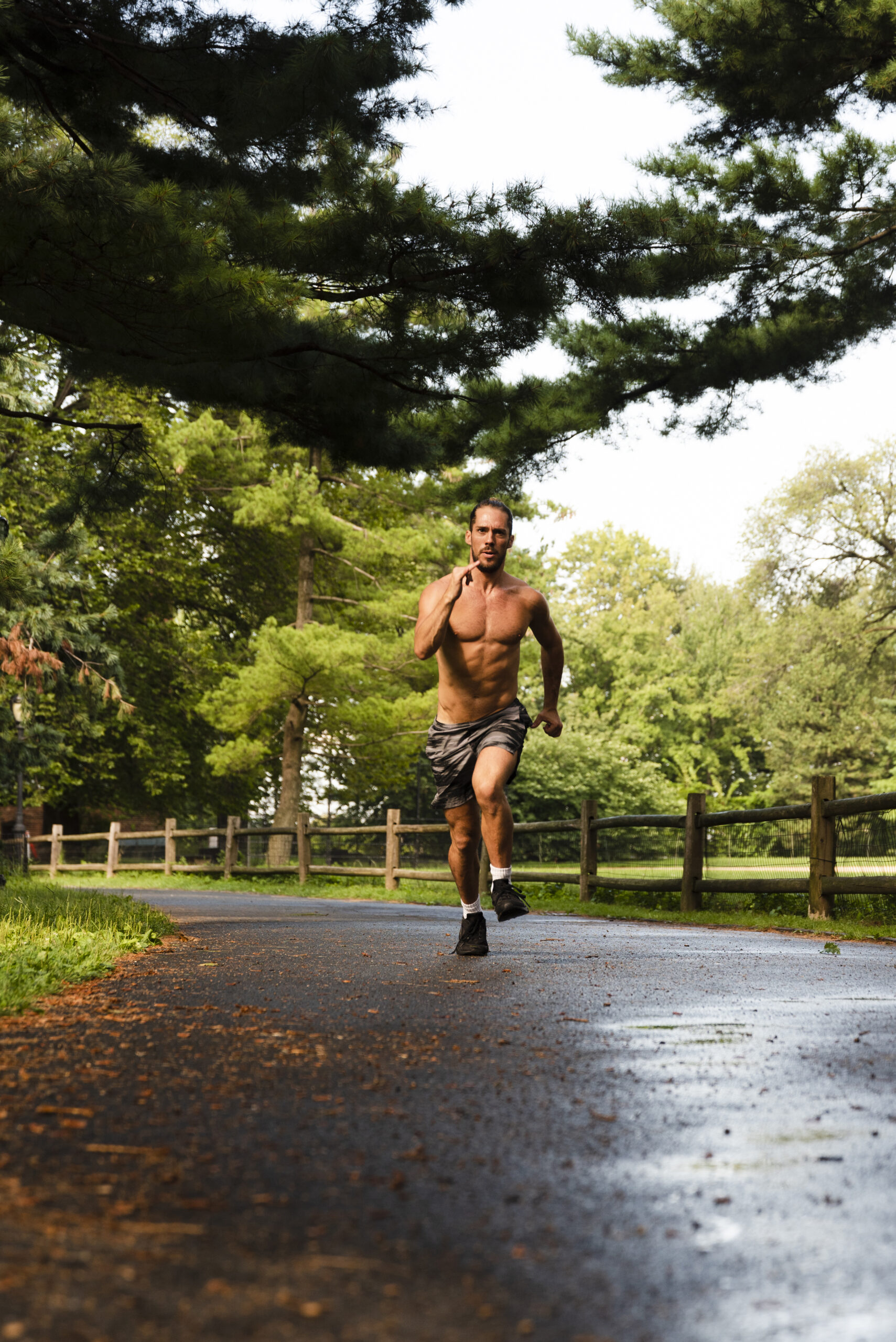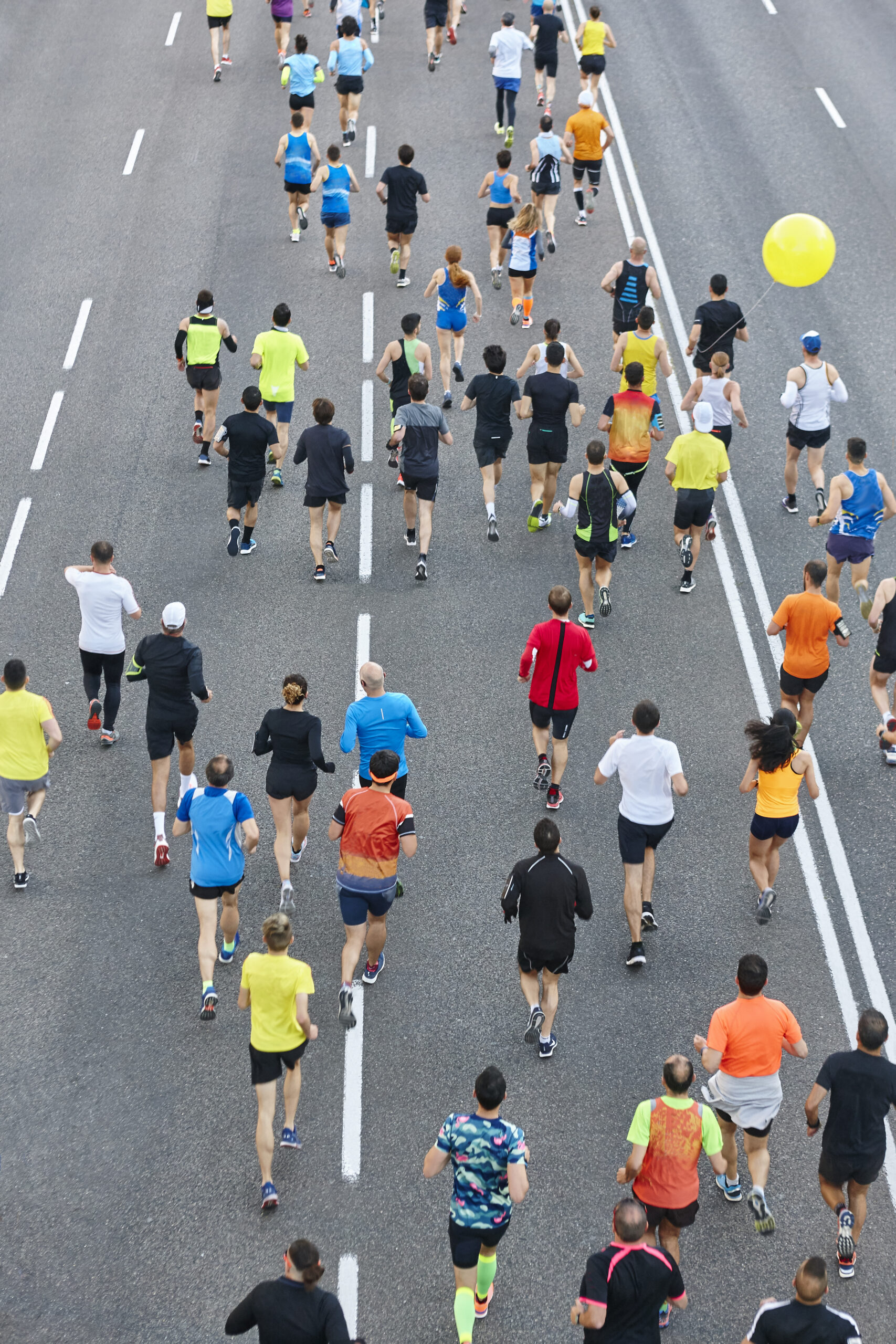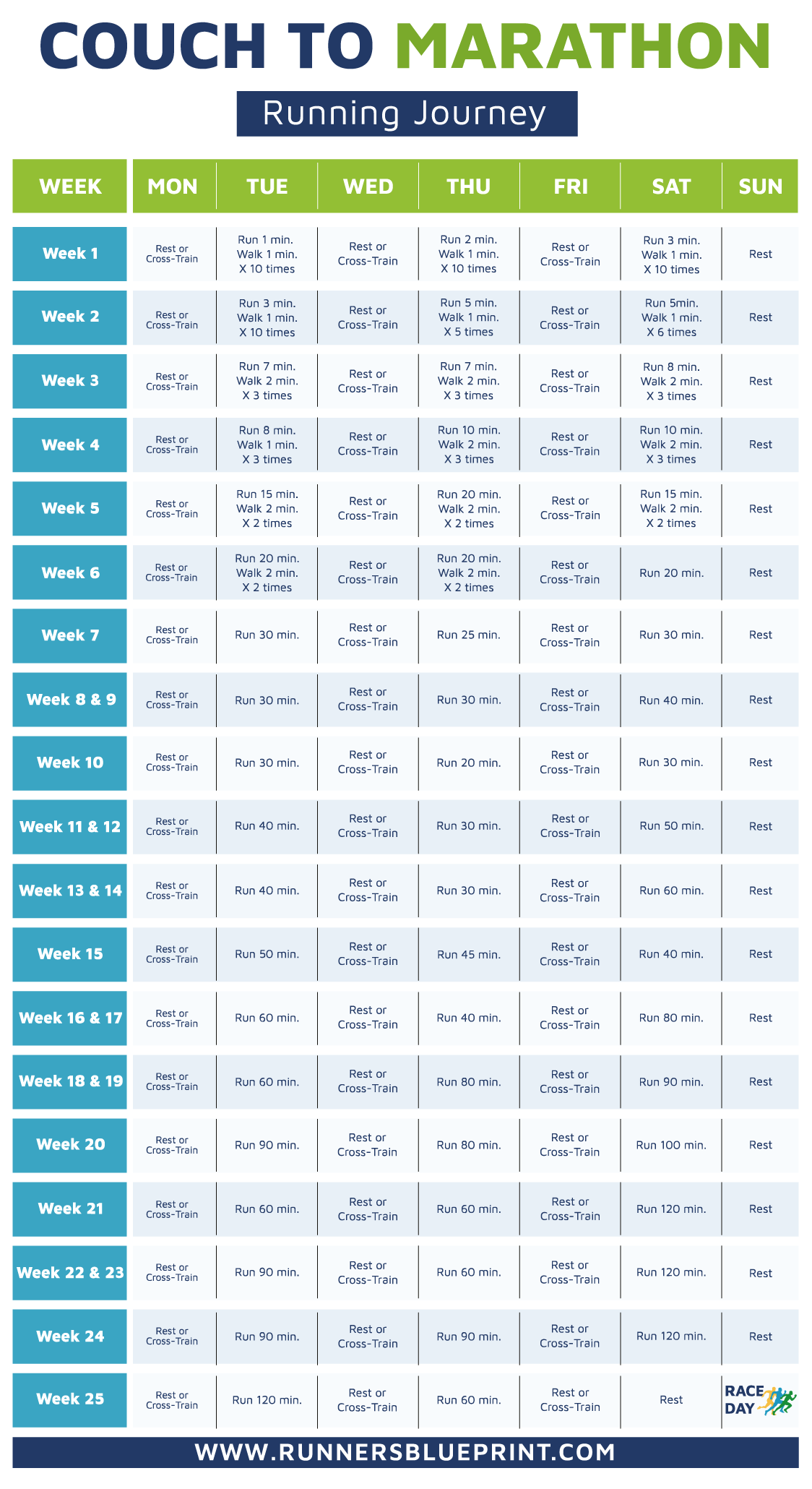If you’ve ever wondered, “What’s a 5K in miles?”—you’re not alone!
It’s simple: a 5K equals 3.1 miles.
As a running coach with years of experience, I can’t recommend this distance enough for beginners and seasoned runners.
It’s short enough to train for without requiring months of preparation, but long enough to feel like a real accomplishment.
I remember my first 5K—a local charity run, and those 3.1 miles felt like a huge hurdle. But crossing the finish line? That was the best feeling in the world.
If you’re just starting out, the 5K is an excellent goal to set your sights on.
The 5K in Perspective
Let’s start at the beginning. The “K” in 5K stands for a kilometer, so a 5K is technically 5 kilometers long.
To put that distance in perspective, a 5K is the equivalent of running:
- 45 laps around a baseball diamond
- The length of 45.5 football fields, including both end zones.
- The length of an NBA basketball counts over 174 times.
Note – Remember that mile markers are used on the racecourse instead of kilometers markers in the U.S. You can also learn more about marathon distance here.
5Ks Are Great
I’ve seen beginners knock out their first 5K after following a couch-to-5K plan for just a few months, and they’re often amazed at how much they can achieve.
Whether walking, jogging, or running the whole thing, the 5K is a great stepping stone.
Plus, 5K races are abundant—there’s one in practically every community, especially during the spring, summer, and fall. They’re fun, social, and offer a great way to challenge yourself.
How Long Does It Take to Run a 5K?
There’s no one-size-fits-all answer here because it depends on a host of factors.
But as a general rule of thumb, if you can finish a 5K in under 25 minutes, that’s considered a solid time.
For beginners, the average finish time is around 35 minutes for men and 42 minutes for women. That’s roughly an 11-minute per mile pace for men and a 13-minute pace for women.
If you’re a more experienced runner, your finish time might be closer to 20-25 minutes. Personally, my best 5K was right around the 22-minute mark, and it took months of speedwork to hit that number.
5K in Miles – The Average 5K Pace
What’s a great time for one runner may be a setback for another.
All in all, the average running speed per mile during a 5K race is roughly 11-minute for men and 13-minute for women, resulting in finish times of about 35 and 42 minutes.
The keyword here is a beginner.
Runners with years of experience might be able to run a 7- or 8-minute mile pace, completing the race in 20 to 25 minutes.
Check the chart below for more:
Average 5K Time By Gender
Thanks to genetics, men, on average, are faster than women (the reason for having men & women division in sports, after all).
Therefore male runners will finish more quickly than female runners.
If you’re a beginner, you can use the national average statistics in the tables below to get a rough idea of your performance results.
Factors That Affect Your 5K Time
Several factors can influence your 5K time, including:
- Age and Gender: Younger runners tend to be faster, and men typically have an edge over women due to genetics. But don’t let that discourage you—anyone can run a great 5K with enough training.
- Terrain: Flat courses are ideal for fast times, while hilly or uneven terrain can slow you down.
- Weather: Extreme heat, cold, or rain can affect your performance. I’ve had races where I felt invincible in cool weather and others where the heat just drained me.
- Mental Toughness: Believe it or not, your mindset can be one of the biggest factors in your 5K performance. Staying positive and focused can push you through tough moments.
How Speed Affects Your 5K Time
If you’re trying to figure out how fast you need to run to hit your goal of 5K time, here’s a breakdown:
- A 5-minute mile pace will get you to the finish in 15:30.
- A 6-minute mile pace will take about 18:35.
- An 8-minute mile will get you there in 24:48.
- A 10-minute mile equals 31 minutes.
- A 12-minute mile means you’ll finish in 37 minutes.
It’s worth noting that many runners don’t maintain a steady pace throughout the race—most will start slower and pick up the pace as they warm up or near the finish line. I always encourage my runners to aim for a negative split: start conservatively, then pick up the pace in the second half.
To Conclude – The Average 5K Time Time For a Beginner
As a beginner runner, aim to complete a mile in roughly 10 to 12 minutes. This means clocking in the race in 30 to 40 minutes.
If you just took up running, you may be more comfortable doing a mix of running and walking to begin with.
Planning to walk the whole distance? No problem. It’ll take you about 15 to 20 minutes to walk a mile. If your brisk walk, you should be able to complete a 5K in around one hour.
5K in Miles – Average 5K Time For Intermediate
Intermediate runners, specifically those who run 15 to 20 miles per week and have been doing it for more than a year, can expect to clock in a 5K at 22 to 25 minutes,.
This is roughly an average speed of 7- to 9-minute per mile over the course.
5K in Miles – Average 5K Time For Advanced Runners
If you’re logging up to 50 miles per week and have been doing it for a relatively long time, then you’re an advanced runner.
Typical elite running plans involve plenty of speed work, such as intervals and fartlek, as well as distance running.
With proper training, it’s possible to finish a 5K race between 15 to 18 for men and 18 to 21 for women.
Of course, chances are you are not going to take the gold at this 5K pace, but you’re definitely at the top of the top when it comes to running competing in this distance.
And that, my friend, is a great achievement in itself.
Average 5K Time By Age – Winning Times
The chart below explains in detail the exact finish time you’ll want to aim for if you’re looking to cross the finish line first at a 5K event.
The Fastest 5K Time
The average 5K time for advanced runners is under 16 minutes for men and 18 minutes for women.
As of 2020, the current IAAF world record time is held by Kenenisa Bekele at 12:37.35 for men and at 14:11.15 minutes for women held by Tirunesh Dibaba.
Rating Yourself
If you already have experience running 5K races, then you can also rate yourself.
If you finish a 5K in:
- 12- to 14-minute – You’re an Olympic-level athlete.
- 14- to 18-minute – You’re one of the best runners in the world.
- 18- to 22-minute – You’re very competitive and faster enough.
- 22- to 25-minute – You are an average runner.
- 25- to 30-minute – You’re fit enough to run
- 30- to 40-minute – You’re a complete beginner
- Above 40 minutes – You are unfit but trying to run. We all have to start somewhere, right.
Measuring Your 5K Pace
There are many tools you can use to help measure your paces, such as apps and fitness trackers that will monitor your speed and distance and keep it in a log.
You can also manually set your running pace if you’re training on a treadmill, then play around with it as you get fitter and stronger.
How To Improve your Times
Now that you know how many miles in a 5K, let’s look at some practical ways to help achieve your best 5K time.
Although the 5K is one of the relatively short races, the 3.1-mile distance is nothing to scoff at.
Try to run it with no experience, and you’ll soon realize that’s not actually as easy as it seems.
To make sure you train right for a 5K, do the following:
Build Gradually
To get faster, focus on building up slowly over a few weeks or months.
Don’t try to chew more than you can swallow—or else you’re going to hurt yourself.
As a beginner, set aside at least 8 to 12 weeks of training before you stand on the starting line of the race.
In the early weeks, start with 20 to 30 minutes sessions at a slow pace, then gradually increase duration and intensity as you get more fit.
That’s the golden rule of getting fit without getting hurt.
I’d recommend that you start with a walk/run program, like this one.
You should also complement your running by doing low-impact exercises such as cycling, weight lifting, swimming, ad elliptical training.
You’re more advanced? Then Try the following 5k training plans
Interval Training
Once you can run at a slow pace for 30 to 40 minutes without panting for air, start doing some interval training.
This method helps you exhaust your body by pushing yourself as hard as possible for a set time and then allow for a rest period.
Then repeat.
One example is to do two minutes of running at a slightly faster 5K pace goal, followed by two minutes of slow jogging as recovery.
Perform this for five rounds for a total of 20 minutes.
Have A Pacing Strategy
Keeping a consistent pace is challenging during a race, especially when you add in factors such as racing vibe, other runners, terrain, fatigue, wind, etc.
For this reason, plan for a flexible pacing strategy to help you achieve your average goal pace.
The strategy I’d recommend is to do a negative split—this means running the second of the race faster than the first.
Still confused?
It’s actually quite easy.
All you have to do is to start the race easy, then finish it strong, but do it in a planned and well-thought-out manner.
Here’s a breakdown for a 10:00 mine per mile average pace
- Mile One – 10:30 MPH
- Mile Two – 10:00 MPH
- Mile Three – 9:30 MPH
- The last portion (0.11 mile) – As Fast As You Can
Conclusion
To conclude, whatever your finish time is, that’s a good 5K time. Knowing what’s a 5K in miles is the first step. Now it’s time for work. Get out there and start training right now!
Please feel free to leave your comments and questions in the section below.
Thank you for dropping by.
David D

